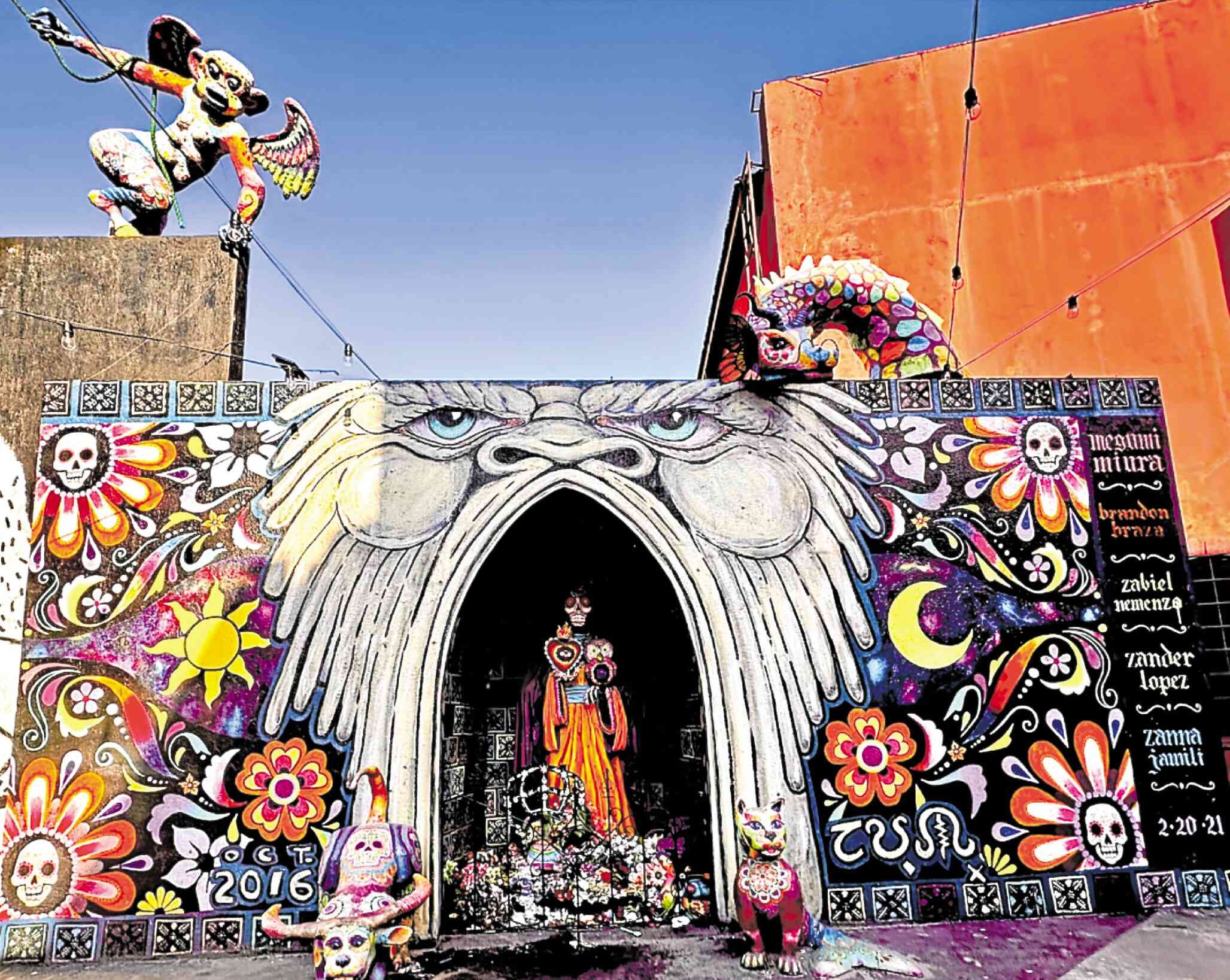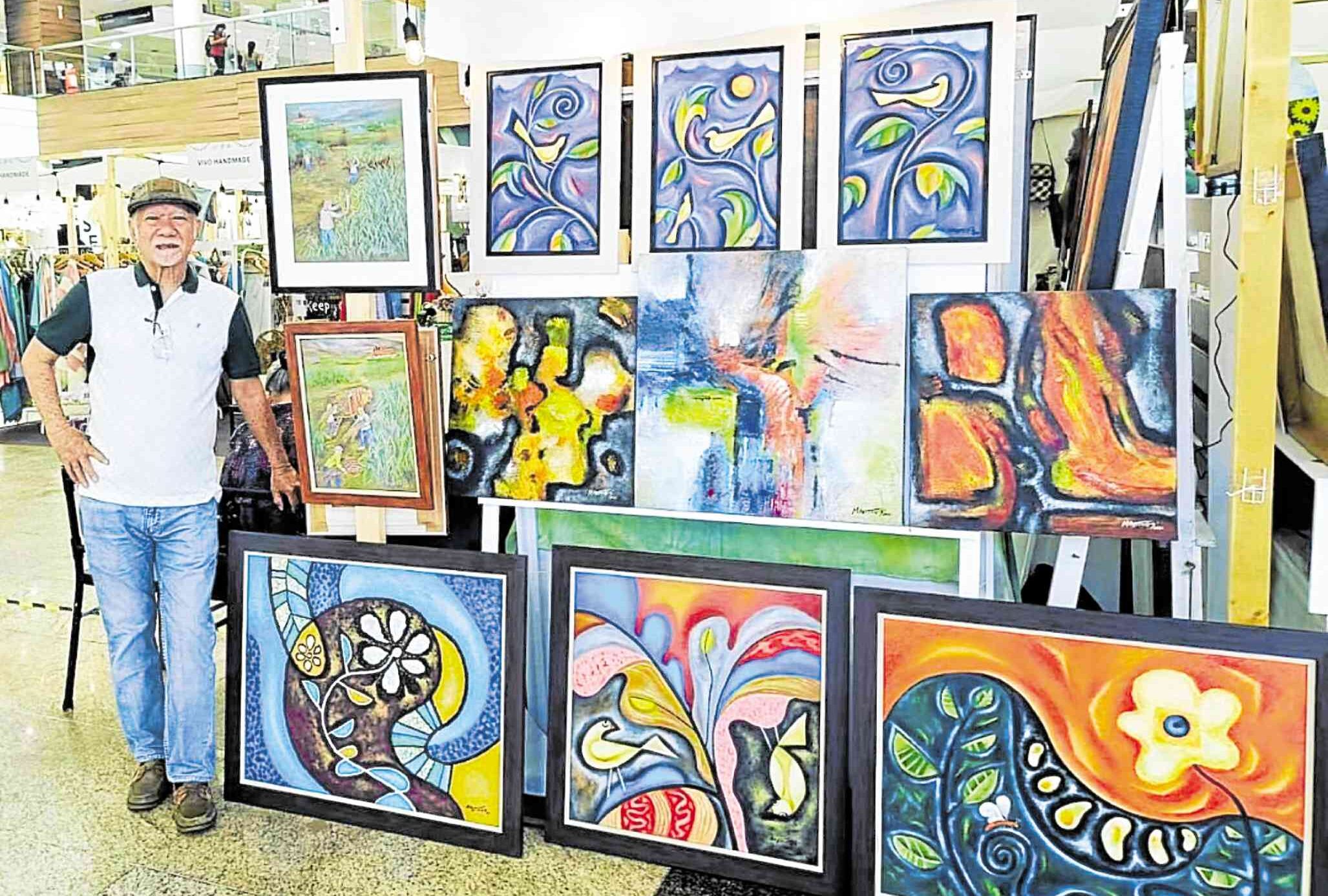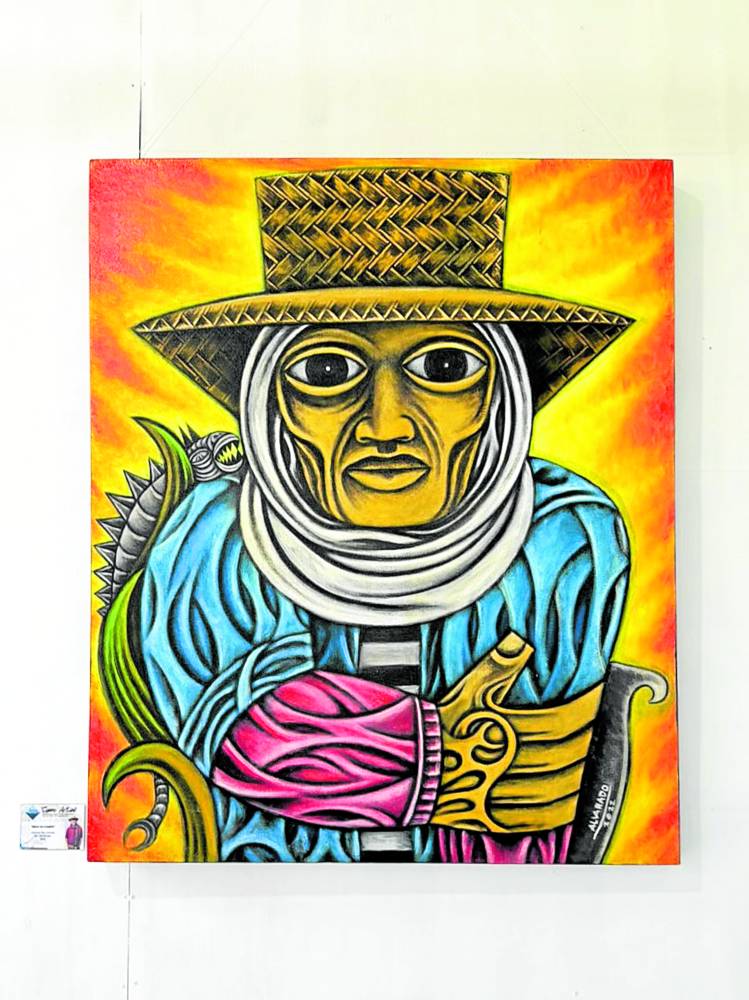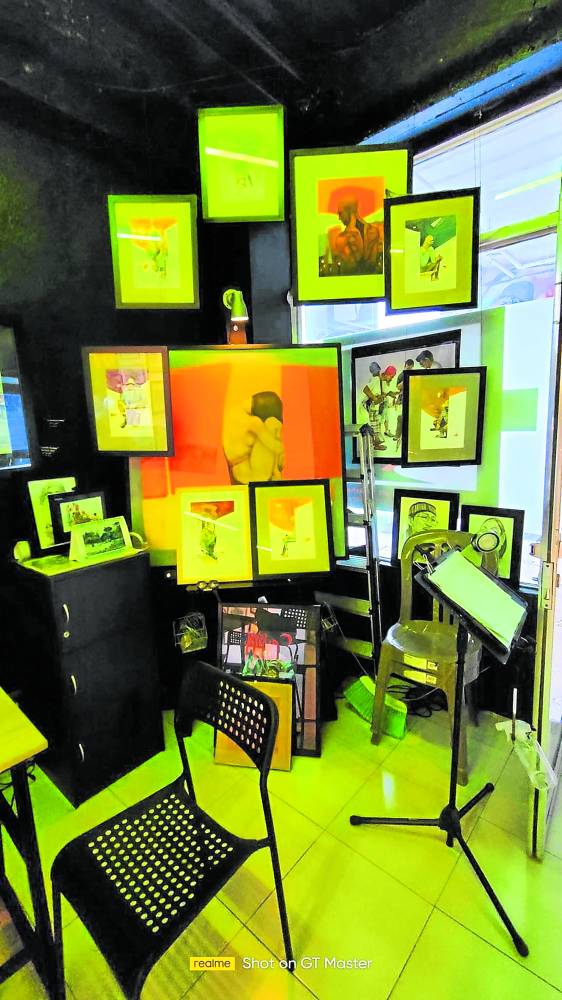Preserving Bacolod’s rich cultural identity through art
Art has fittingly emerged as a significant enterprise in Bacolod City. While it undoubtedly aids in boosting the economy of the City of Smiles today, the art business here—driven by generations of successful, talented artists, educational institutions, and associations—also plays a vital role in preserving Bacolod’s rich cultural identity.
Catalysts of art beginnings
One catalyst for the abundance of artists in Negros Island is the presence of La Consolacion College-Bacolod’s ARFIEN department within the School of Architecture, Fine Arts, and Interior Design. Over the past five decades, LCC-Bacolod has nurtured thousands of artists and creatives, both locally and internationally.
Art Association of Bacolod-Negros
Since the 1970s and 1980s, notable Negrense artists have emerged in the country, including Jess Ayco, Rodney Martinez, Larry Tronco, Nunelucio Alvarado, Charlie Co, and Ely Santiago. They united under the banner of the Art Association of Bacolod (AAB), established by Edgardo “Budot” Lizares, with the primary aim of promoting art in Negros.
READ: Bacolod: Soon a ‘super city’
Lizares extended invitations to luminaries such as Jose Joya to conduct workshops for the inaugural members of the art group. Together, they embarked on Art Caravans across the north and south of Negros Occidental, painting in town plazas and exhibiting in schools, thus bringing the elusive art closer to the people of Bacolod and beyond.
Article continues after this advertisementToday, the Art Association of Bacolod-Negros stands as the longest-running art group in the Visayas, second only to the Art Association of the Philippines, which was established in 1948. AAB-Negros also spearheaded the inception of the MassKara Festival in the 1980s and continues to uphold its status as one of the most esteemed art organizations.
Article continues after this advertisementBacolod’s art scene now
In recent years, the Bacolod art environment has grown even more extensively owing to the proliferation of more galleries and museums, as well as festivals, and other “life support” for the industry. Here are some of the important art institutions that Bacolod has to offer.
Art District and the Orange Project
Fueled with the love of art, artist Charlie Co and local businessman Victor Benjamin “Bong” Lopue have grown Gallery Orange to what is now known as one of the must-go places in Bacolod—that is, the Art District.
Rebranded as the Orange Project, it is now at the helm of contemporary art in the Negros and Visayas. It has been the driving force for Bacolod art in the national arena such as the Manila Art Fair and the annual Salcedo Art at the Park. They recently did an 11-artist exchange in Leipzig, Germany representing Philippine and Bacolod art to the international art scene.
Martinez Arthaus
In the late ’70s, artist Rodney Martinez started the “This and That” Gallery which catered first to his framing business and sale of available prints. He accepted some portrait commissions and developed his distinct style of works may it be pastels, watercolors, acrylic, or oil paintings.
The gallery was renamed “Martinez Arthaus” in 2014 and has proven to be the most trusted with almost 50 years under its belt, still enjoying the trust of local art lovers and national collectors.
Studio 57
Studio 57 is also an artist-run gallery in the Art District. Edbon Sevilleno has worked for over 30 years as an art director in the top Riyadh-based advertising agencies catering to the Middle East. The pandemic forced this long-time OFW artist to stay in Bacolod and open his first gallery.
He is known for his Negroscapes, mainly in watercolors or in coffee and muscovado. He also delved into a subject dear to many Negrenses—the gamefowl industry or “sabong”.
Artfull Gallery
The lockdown in March 2021 did not deter this art collective from putting up a gallery along main street Lacson. I, along with several artists, first started to exhibit our art at the gallery and invited more artists to more than 20 exhibitions to date. My background in public relations and marketing helped Artfull Gallery to take full advantage of our captured audience on social media at that time when all were only connected virtually.
With the Artfull Shop, I also encouraged other artists to produce art merchandise such as bags, masks, home decor, stickers, paper products, accessories, and mugs as this was another way of reaching more audiences and additional income. During the lockdown, I also offered online art lessons, and partnered with non-government organizations and corporate establishments to give free workshops to art-challenged groups.
Gallerie G
Gallerie G is meanwhile run by nine artists headed by Revo Yanson. More than the sales, the artists behind Gallerie G are most satisfied that they have a gallery where they can exhibit their work. It has also become their main advocacy to provide a venue for artists from outside of Bacolod City.
Yanson pointed out that they are grateful for the forged partnership with Geronca Family who allowed a part of their building to be used as an art space.
Werever
Werever, which houses merchandise from Negrense creatives, is a hybrid between an art and design space and a creative specialty shop in the Art District.
Owners and artists Faye Abantao and Daryl Feril said they saw a need for a specialty store which carries these art products because pop-ups can only serve the target audience for a short time.
Feril shared: “Art merch is some sort of a traveling exhibit of the artist because it is not boxed in an art gallery or museum. It is an art product that you can use as a tote bag or notebook, one that you can carry around. Also, because it is priced reasonably lower that an actual artwork, it becomes accessible to the market.”
Art Events and Pop-Ups
Art merchandising has proven to help artists make their art sustainable. With the rising trend of pop conventions in the country, Bacolenos also enjoy locally-staged conventions such as the BaCon Pop and Pop-X. Other notable art pop-ups such as Art District’s Art Tienda and Artfull Gallery’s PULU-Pop-Up have also provided a platform for budding artists to sell their artworks and merch.
Nowadays, malls and Bacolod restaurants have similarly opened up their spaces to different groups for exhibitions, workshops, and displays of massive public art.
Town fiestas and major festivals
Town fiestas and festivals have also played a key role in boosting tourism and bringing more money to the local governments.
The world famous MassKara Festival began in 1980 amid the sugar crisis and tragic sinking of MV Don Juan. In response, local government officials came up with a way to uplift the spirits of Bacolenos—a vibrant street festival.
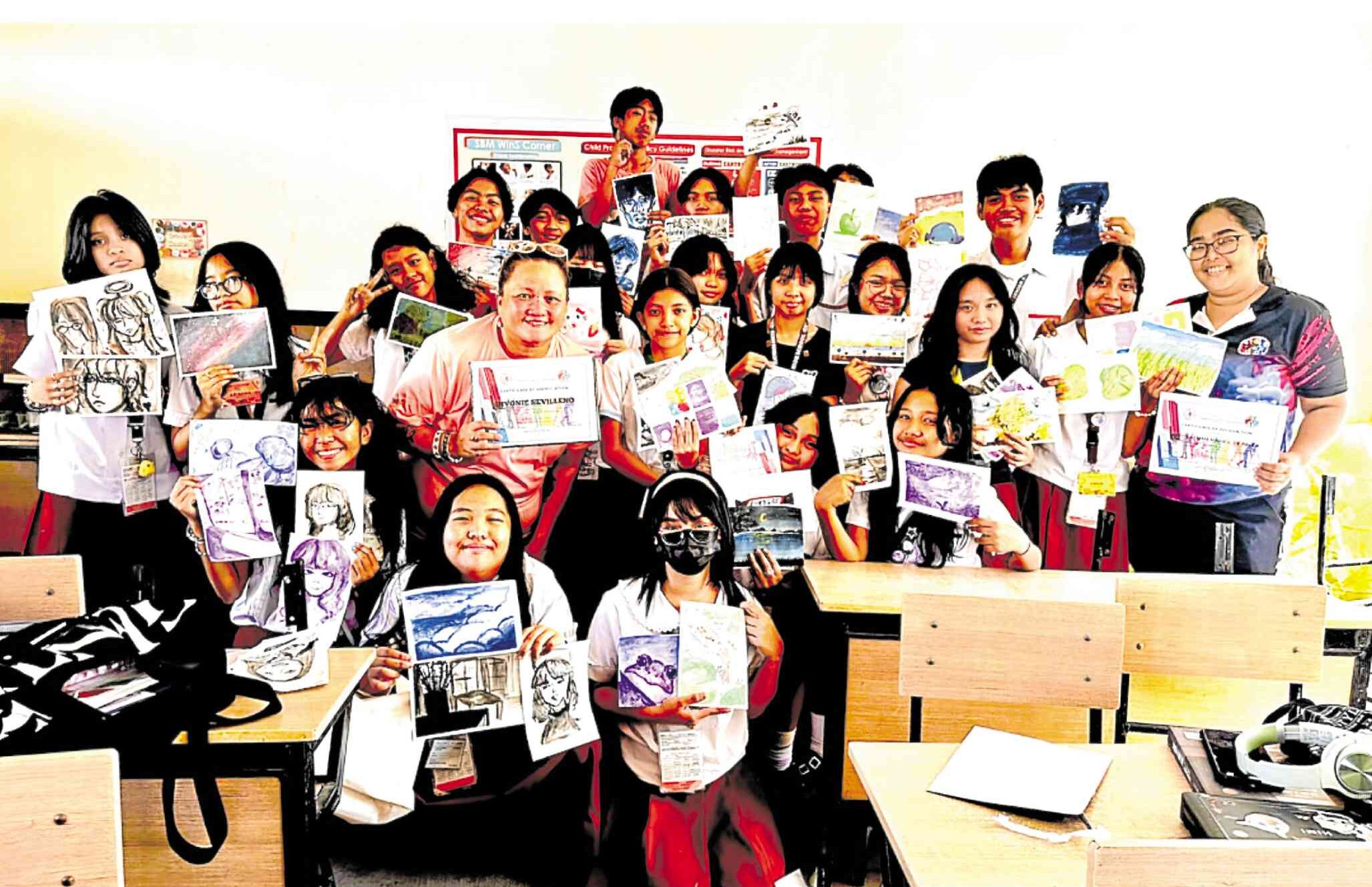
The author at Artfull Gallery’s free workshop for Negros Occi- dental High School Special Program for the Arts
Artists from the Art Association of Bacolod further sought to enhance the festival. Cartoonist Ely Santiago coined the portmanteau “MassKara” from the Spanish words “mass’” to signify a multitude of people, and “kara” to mean face. Alongside AAB artists, officials ventured into the barangays to help out-of-school youth and mothers earn income by crafting paper mache masks. The wearing of masks provided a fitting means of celebrating freely and without inhibition, as everyone could dance amid “a sea of faces,” thus giving birth to the MassKara Festival.
What makes MassKara distinct is that it allows guests to delve into the rich history, heritage, culture, art, and culinary traditions of Bacolod, unlike other festivities which are often centered on feast days of saints or religious occasions.
Other celebrations include the Panaad Festival, which symbolizes the promise of Negrenses to celebrate in thanksgiving to the Divine Providence and the vow to give back to the province the abundance and success of each blessing; Sinigayan Festival in the City of Sagay, hometown of Negrense artist Nunelucio Alvarado; Dinagsa Festival of Cadiz City; and Sinulog Festival of Kabankalan City.
